Sitewide Sale: Use code Get5Nutra for 5% OFF all products. FREE shipping & 30-Days Hassle-Free ReturnsShop Now
Ensuring optimal water quality for hydroponics is crucial for the success of your plants. You’re likely wondering, what kind of water should I use for a hydroponics system? The answer: water that maintains a healthy balance of nutrients, is low in harmful contaminants and offers the ideal pH for your plants to thrive. This article guides you through making the best water choice for your hydroponic setup, ensuring your plants get the quality hydration they need to grow optimally.
Not all water is equal for hydroponics: use an EC meter to check electrical conductivity and aim for a TDS between 200-300 PPM, while maintaining a pH balance between 5.5-6.5.
Tap water can be tricky: it may contain chlorine, chloramines, and fluoride, and could be hard, requiring filtration through activated carbon filters or reverse osmosis to be suitable for hydroponics.
Choose your water source wisely: Reverse osmosis provides the most controlled water quality, distilled water is pure but expensive, and rainwater is environmentally friendly but needs to be filtered.
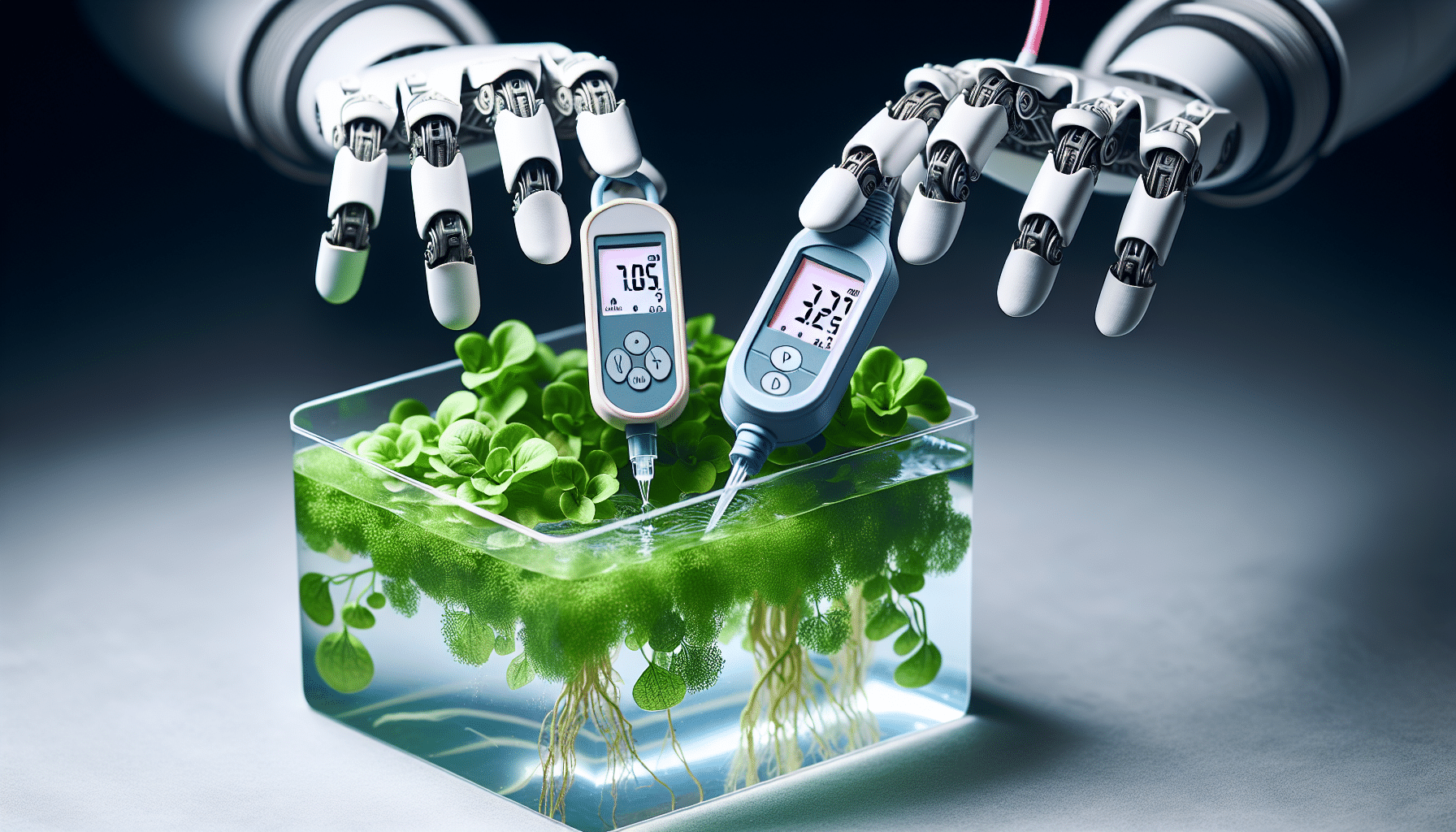
In the realm of hydroponics, water is more than just a thirst-quencher for your plants. It’s the magical medium that carries dissolved nutrients straight to the plant roots, boosting their health and growth rates. But here’s the twist – not all waters are created equal! The quality of water in your hydroponic system can be the difference between a thriving garden and a botanical disaster.
Wondering how to evaluate water quality? It’s not a matter of just looking at it! Visibility can be misleading as water quality issues need accurate identification for effective resolution. It’s time to bring your EC meter into play. This tool checks the electrical conductivity levels in your nutrient solutions, ensuring your plants get the perfect nutrient strength.
We will now explore the key aspects of water quality – Total Dissolved Solids (TDS), pH balance, and harmful contaminants in greater detail.
Imagine preparing a perfect meal. You’d need the right proportion of ingredients, wouldn’t you? Similarly, your hydroponic plants need the right concentration of dissolved salts and minerals in their water. This is where Total Dissolved Solids, or TDS, step into the spotlight. But what’s the ideal TDS level? For most hydroponic plants, the sweet spot lies between 200-300 PPM. Anything above this could lead to nutrient lockout, hampering your plant growth.
Every hydroponic gardener should prioritize monitoring their TDS levels. A calibrated TDS meter is your best buddy for this task. It helps you measure and tweak your TDS levels with precision, sealing the deal for optimal plant health. Remember, your hydroponic system is a delicate ecosystem. A balanced TDS level keeps your nutrient solution strength in check, ensuring your plants are well-fed and happy.
Do you know the pH preference of your hydroponic plants? If not, it’s time to get acquainted! Most hydroponic crops thrive in a pH range between 5.5 and 6.5. A pH level too high or too low could leave your plants nutrient-starved, leading to deficiencies or toxicities. For instance, high pH levels can cause iron deficiency, while a pH below 5 can lead to magnesium and calcium deficiencies.
Wondering how to maintain the ideal pH level? Regular monitoring is the first step. Factors like algae and bacteria can cause pH fluctuations, so keeping an eye on these little changes is crucial. If your pH level veers off track, don’t panic! You can use pH-adjusting solutions, weak acids for short-term corrections, or automated pH controllers for consistent monitoring.
The goal is to sustain a slightly acidic pH level between 5.0 and 6.5 for the majority of plants.
What’s lurking in your hydroponic water? It’s a question worth considering. From sodium and calcium to magnesium, chloride, and sulfate, numerous contaminants can sneak into your hydroponic system, wreaking havoc on your plant health. Did you know that even though plants don’t require sodium, even small amounts can be harmful, especially in recirculating hydroponic systems?
Maintaining a delicate balance of these elements in your hydroponic water is key. Here are some recommended levels to keep in mind:
Calcium content should not exceed 150 ppm
Magnesium bicarbonate should be under 50 ppm
Chloride levels should not exceed 140 ppm
Sulfate levels should be under 100 ppm
Remember, regular testing of your hydroponic water for pH, EC, and alkalinity can save your plants from nutrient toxicity or deficiency issues.
Also Read:
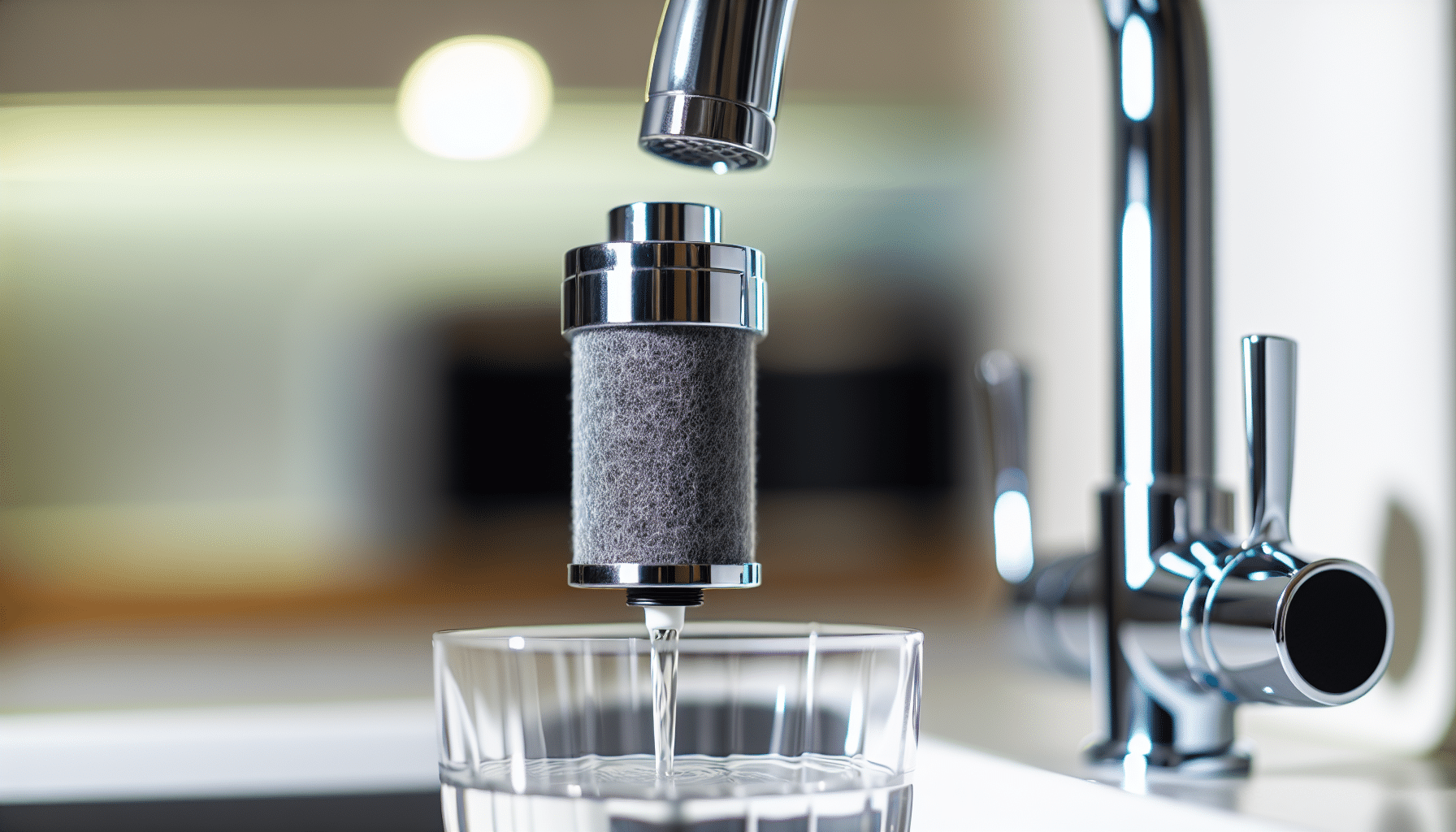
It’s no secret that most gardeners typically rely on tap water. It’s readily available, easy to use, and seems suitable for plant growth. After all, it’s filtered and chemically treated to remove impurities and bacteria by your local municipal supply. But, is it the best choice for your hydroponic system?
The truth is, that tap water varies in quality based on the source and level of environmental pollution. It may contain chemicals that alter its pH, which is crucial to test and adjust for hydroponic applications. Moreover, tap water might harbour harmful chemicals such as chlorine, chloramine, and fluoride, which need to be filtered out before use. So, while tap water might seem like an easy choice, it’s not always the best choice for your hydroponic garden.
Ever noticed the faint smell of chlorine in your tap water? That’s because chlorine and chloramines are often used in water treatment plants to treat tap water. While they keep the water clean for us, these chemicals can be harmful to your hydroponic crops, especially sensitive ones like lettuce and strawberries.
Chlorine toxicity can result in the yellowing and browning of leaves and even lead to the death of your plants. Moreover, these chemicals have a toxic effect on beneficial bacteria and other single-celled organisms that are essential for plant health, as they can kill bacteria. Wondering how to tackle the chlorine issue? Activated carbon filters are your best bet. They effectively remove these harmful agents and secure the health of your hydroponic crops.
Do your faucets often get stained with a white, chalky substance? That’s a sign of hard water. High levels of calcium and magnesium in tap water can cause harm to your hydroponic plants instead of benefiting them, particularly when present at levels exceeding 150-400 PPM. Moreover, hard water can lead to fluctuations in pH levels, disrupting the balance of nutrients and making it difficult for plants to absorb them.
However, hard water need not dampen your aspirations in maintaining optimal water quality for hydroponics. A basic water filter may offer a short-term solution, although reverse osmosis filters are more reliable for long-term management of water quality for hydroponics. Remember, your hydroponic system is a delicate ecosystem. A balanced and controlled water input keeps your plants healthy and happy.
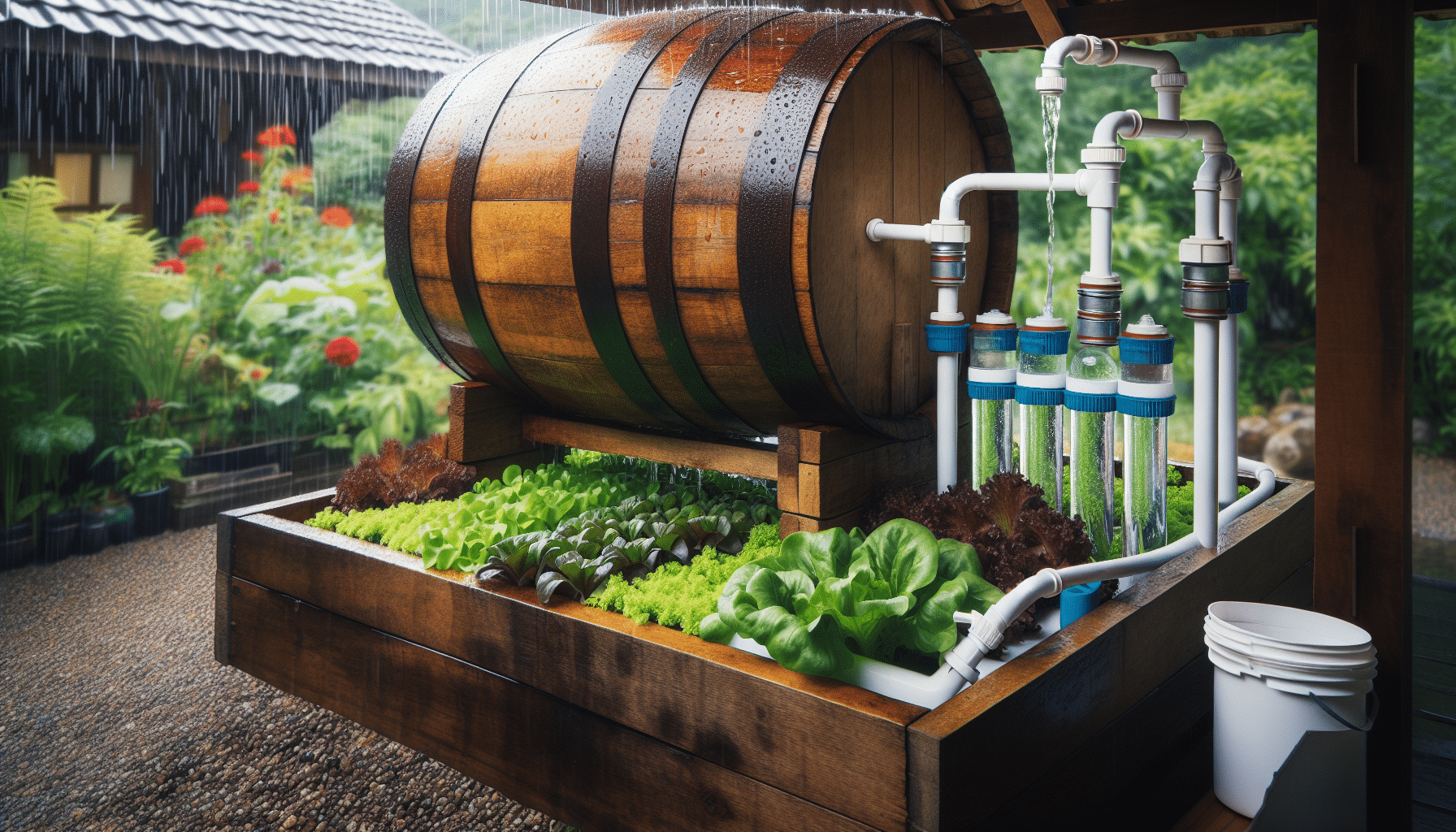
Having delved into the details of water quality, we will now examine the top water sources for your hydroponic garden. From reverse osmosis to distilled water and even rainwater, there’s a spectrum of options to suit your hydroponic needs. But remember, the goal is to use pure water devoid of contaminants like:
chlorine
chloramines
bacteria
minerals
iron
herbicide residues
These contaminants can adversely affect plant growth.
Reverse osmosis, aka RO, is a water purification technology that uses a semi-permeable membrane to remove ions, molecules, and larger particles from drinking water. On the other hand, distilled water is pure and pH-neutral, making it ideal for hydroponics. However, the distillation process can be energy-intensive and costly.
If you’re looking for an environmentally friendly option, consider rainwater. Rainwater is low in minerals and devoid of additives, making it suitable for hydroponics. However, its availability may be affected by local climate, and proper collection methods should avoid materials that can introduce contaminants.
Regardless of the water source you choose, remember that water quality is the key to a thriving hydroponic garden.
If a thriving hydroponic garden is your goal, reverse osmosis water could be the ideal choice. It’s akin to striking gold in terms of water quality! Reverse osmosis systems employ a semi-permeable membrane to eliminate ions, molecules, and larger particles from water, ensuring consistent water quality essential for successful hydroponic operations.
With RO water, you can ensure that the nutrients supplied to your plants are precise and uncontaminated. This means no more guesswork about what’s in your water! You’re in complete control, aligning with the recommendations of many hydroponic nutrient manufacturers. However, keep in mind that while RO systems offer numerous advantages, they do require significant electricity and need pre-filtered water to avoid clogs.
You’ve probably heard the phrase, “Every drop of water is precious,” right? Well, when it comes to distilled water in hydroponics, this rings particularly true. Distilled water is pure and pH-neutral, making it ideal for hydroponics since it allows for complete control over the water quality.
You can either buy distilled water from stores or produce it at home using a water distiller or a DIY distillation process. However, despite its benefits, the use of distilled water is generally reserved for situations with poor tap water quality or when growing sensitive plants due to its higher cost compared to tap water and the energy-intensive distillation process.
Nature invariably has a solution, and in the context of hydroponics, that solution is rainwater! Collecting rainwater for hydroponics contributes to sustainability efforts by conserving water, making it an environmentally friendly method for maintaining the water supply in the system.
However, it’s not as simple as placing a bucket in your backyard. Before using rainwater in your hydroponic garden, it’s important to filter it to remove debris and potential contaminants that may be collected from surfaces like roofs and gutters. Keep an eye on your rainwater storage tank for signs of pests or algae to prevent introducing diseases or parasites to your hydroponic garden.
While choosing the right water source is crucial, enhancing your water quality can give your hydroponic plants an extra boost. From filtration methods and adjusting nutrient solutions to oxygenation techniques, several strategies can ensure optimal plant growth in your hydroponic system.
Keep in mind, that your hydroponic garden represents a distinct ecosystem. As a hydroponic gardener, you are the caretaker of this biosphere. Therefore, understanding and implementing these strategies can help you take your hydroponic gardens to new heights of success.
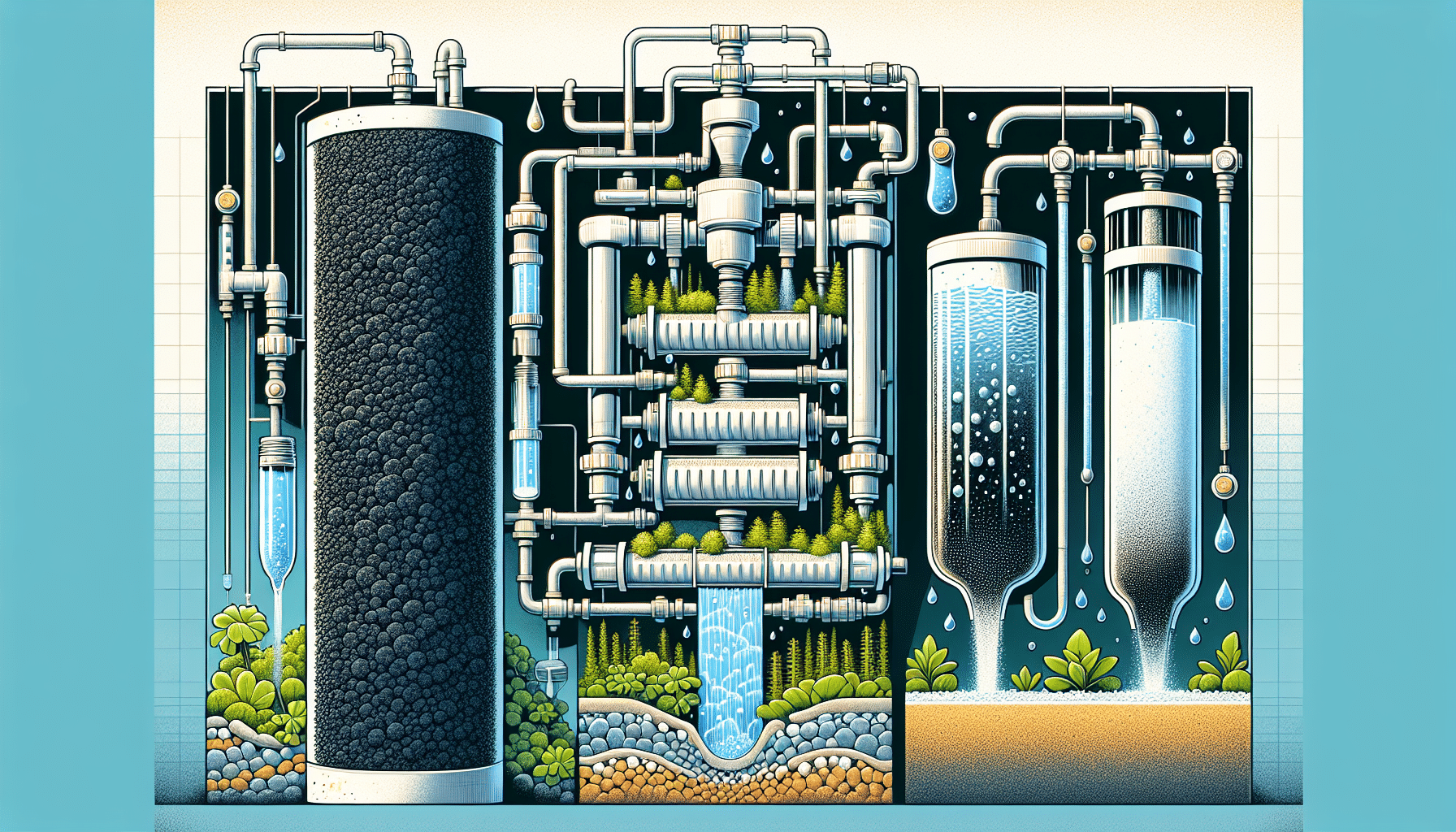
Consider filtration as the protective shield of your hydroponic system, warding off detrimental elements. Several filtration methods can help remove impurities and enhance the quality of water for hydroponics. Activated carbon filters, for instance, effectively eliminate chlorine, chloramines, and herbicide residues, which can be harmful to sensitive hydroponic crops.
On the other hand, reverse osmosis (RO) systems offer a comprehensive filtration solution, using sediment filters, carbon filters, and a semi-permeable membrane to progressively remove impurities of varying sizes. Sediment filters are also crucial for capturing solid materials missed by water treatment facilities, keeping your hydroponic system, including the ebb and flow system, intact and ensuring the efficiency of the flow system.
In the realm of hydroponics, water serves as the conduit for nutrient delivery to your plants. Hence, maintaining a balanced nutrient solution is crucial for your hydroponic success. One such method is the nutrient film technique, which ensures regular TDS monitoring and nutrient concentrations in the hydroponic system are within the appropriate levels.
Remember, different plants and growing stages can have different nutrient needs. Small plants generally have lower TDS requirements compared to larger plants, indicating the need for tailored nutrient solutions to meet varying plant growth stages or species needs. Adjusting the temperature of the nutrient solution is also vital, as cold water could shock your plants, and warm water holds less dissolved oxygen.
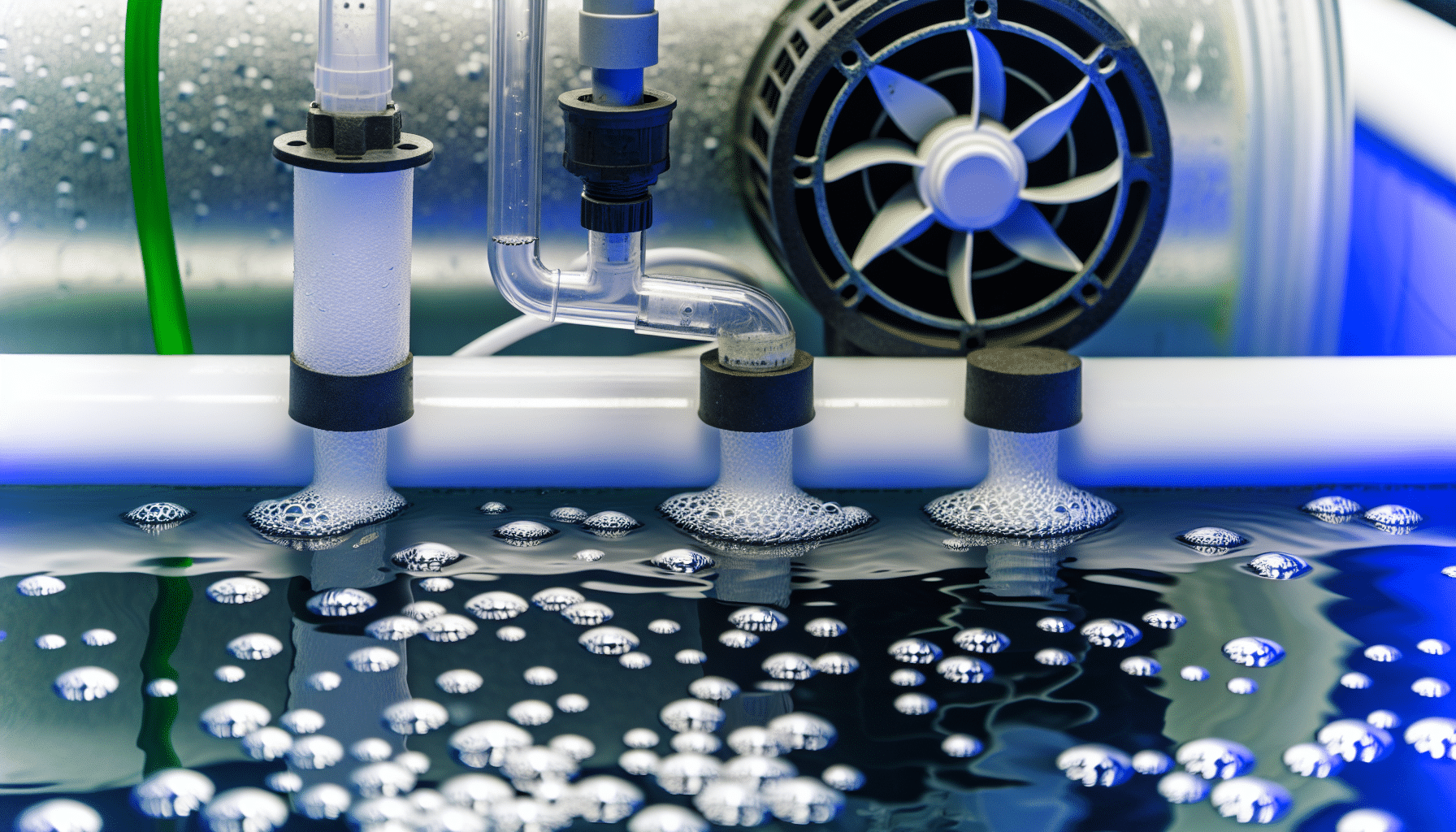
Oxygen – it’s vital not only for us but also for your hydroponic plants! Oxygenation, also known as ‘bubbling’, increases the oxygen content in hydroponic water, promoting healthy root development.
Furthermore, the process of aeration can oxidize chlorine, reducing its concentration in tap water used for hydroponic systems over time. So, remember to give your hydroponic water a good bubble bath – your plants will thank you!
If you appreciate both hydroponics and aquaculture, why not merge the two? Welcome to the world of aquaponics – a system where you can grow fish and plants together in a mutually beneficial cycle. However, managing water quality in an aquaponics system requires some special considerations.
From maintaining pH levels and controlling ammonia to ensuring optimal water temperature and dissolved oxygen, every aspect needs to be meticulously monitored and balanced. After all, you’re not just catering to your plants but also your finned friends!
Each plant in your hydroponic garden possesses its own unique needs and preferences. Tailoring your water and nutrient provision to specific crops is essential for optimal plant growth. Different plants within a hydroponic system have unique TDS requirements. For instance, lettuces and other exotics may require a TDS range of 700-800 ppm, while fruiting crops like tomatoes can tolerate up to 2100 ppm.
Remember, you’re not just growing plants; you’re nurturing individual life forms, each with its unique requirements. Whether it’s small plants or larger ones, leafy greens or fruiting plants, understanding their specific needs can help you tailor your water and nutrient provision effectively.
Navigating through the world of hydroponics can seem daunting, but remember, it all boils down to the quality of water you use. Whether it’s understanding the importance of TDS and pH balance, dealing with the chlorine challenge, or choosing between tap water, reverse osmosis, distilled water, or rainwater, every aspect of water use in hydroponics plays a crucial role in your plant growth.
In the end, the success of your hydroponic garden boils down to one thing – balance. Maintaining a balance in water quality optimized for hydroponics, nutrients, and pH levels is key. With the right water quality, a dash of nutrients, and a sprinkle of care, you’re all set to cultivate a thriving hydroponic garden. So, ready to make a splash in hydroponics?
Distilled water is the best for hydroponics because it has a neutral pH and no total dissolved solids, giving you peace of mind. So, go for distilled water for your hydroponic setup!
Yes, tap water is safe to use in hydroponics. It’s okay to use tap water in your hydroponic system.
Yes, hydroponics can benefit from using distilled water or reverse osmosis (RO) water because these types of water are free from unwanted ions and contaminants, making them ideal for growing plants in a hydroponic system.
The ideal pH level for hydroponic crops is between 5.5 and 6.5, which provides the best conditions for their growth and nutrient absorption.
To keep your aquaponics system successful, it’s important to monitor pH levels, ammonia, dissolved oxygen, and water temperature carefully for the well-being of both the fish and plants.
Grow 100 planting sites, monitor ph levels, water temperature, water levels, and control light and water cycles.
© Copyright 2024 Nutraponics. All Rights Reserved.